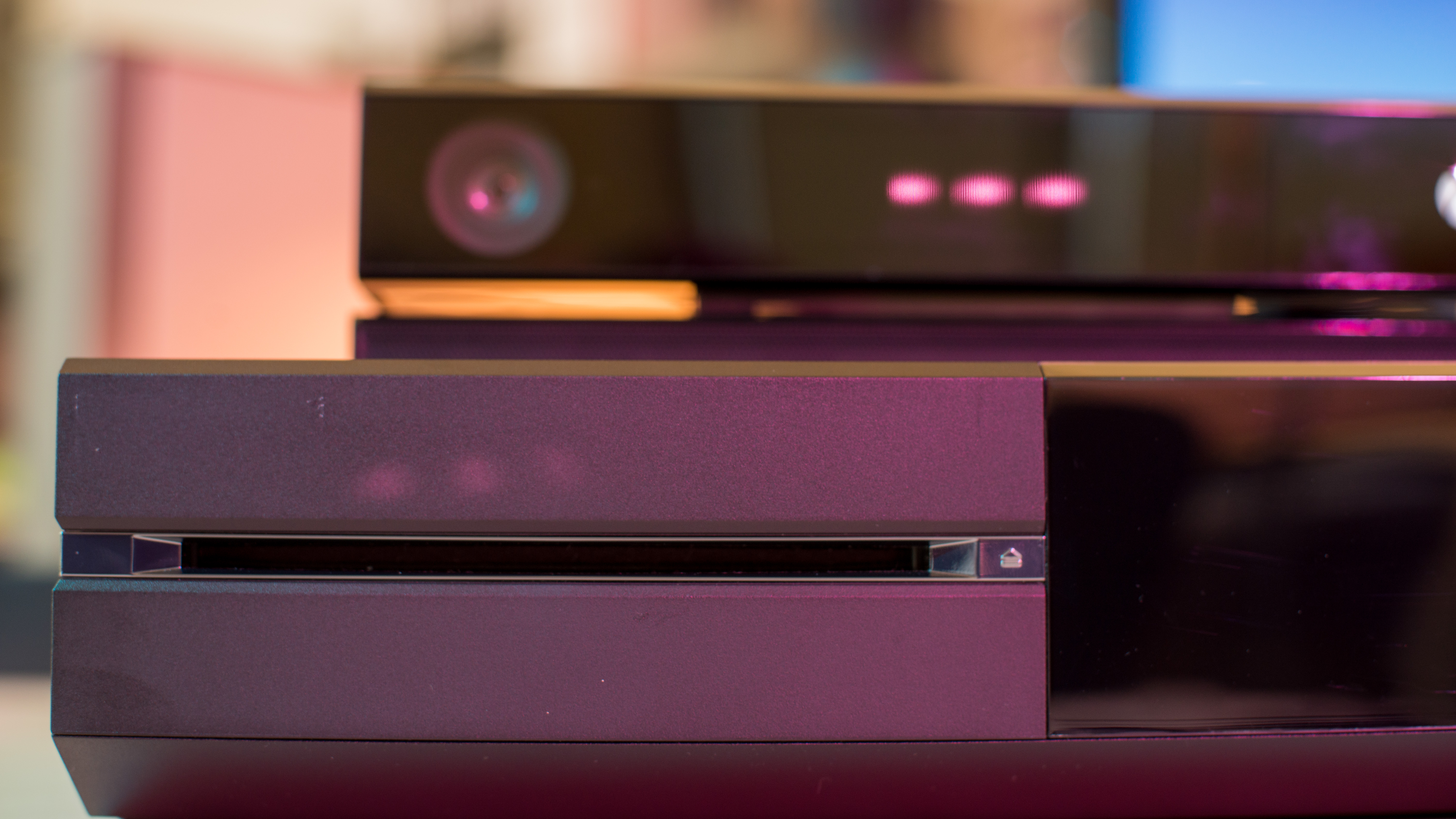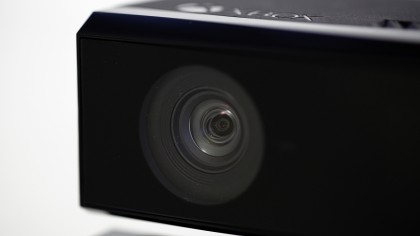
Microsoft has back-pedaled. A lot.
Always-online DRM, a digital download-heavy retail strategy, and Kinect 2.0, the Xbox One started with a clear vision in mind: make the best next-gen gaming system possible with no idea off-limits.
Except it didn't happen. And today's announcement of a Kinect-less Xbox One is the nail in the coffin for that dream.
Dropping the Kinect is the last in a long line of concessions Microsoft made along the way, and honestly, it's the most eye opening. It shows us what the company is willing to compromise in order to get ahead in the console war.
A path paved by broken dreams
Setting aside my disappointment for a moment, I don't blame Microsoft. It's a financially sound move removing the Kinect as a pack-in peripheral. The system will drop in price to a competitive $399 (£350, AU$499 - the same price as Sony's PS4) and will help Microsoft focus on what's important – backing good games regardless of whether they have Kinect support or not.
Microsoft is behind in console sales and a modest price point may be exactly what it needs to boost the numbers during the upcoming summer sales draught.
And, as a consumer, saving $100 that you can spend on games like Watch Dogs and Destiny is a very good thing. Just know that saving an extra hundred bucks will set the Halo 2 of motion-controlled gaming back another five to 10 years.
Get daily insight, inspiration and deals in your inbox
Sign up for breaking news, reviews, opinion, top tech deals, and more.
The Xbox One's unheroic origin story
It wasn't all that long ago that the Xbox One was announced at an exclusive media event held at Microsoft's Redmond campus. The date was May 21, 2013, almost exactly a year ago.
It started as a download-heavy system that removed the middleman from game sales and could've effectively reduced the $60 price point of physical copies, similar to what Steam is doing for PC gaming.
The original design also called for an "always on" connection. We laughed and said how poorly this would've done, but we were never able to find out if that would've inspired better infrastructure across the country.
Microsoft told the world "the Xbox One will be the center of your home entertainment system" and we responded by making memes instead of asking how ideas like live fantasy football updates could be used in other innovative ways or for other mediums.
Each and every idea Microsoft had for a "next-gen console" was eliminated one by one until all that was left was a mandatory motion-control unit. Now Xbox has stifled innovation and snipped out any ounce of creativity from their box by removing the box above it, all in the name of driving sales numbers.
The onus is on a company to stick to its guns, that's a given, but it didn't help that Microsoft had a severely critical community - me included - who legitimately stopped them from trying something new.
'Xbox turn off … Kinect'
An Xbox One without Kinect means the Kinect will be nothing more than a gimmicky add-on, just like it was on the Xbox 360. It's too expensive to bring on extra development staff to make Kinect-exclusive functionality that only affects a small section of the hardware's splintered audience, and that means there's no real financial motivation to innovate for the platform.
The Kinect needed a killer app and voice-controlled television wasn't it. Instead of investing in Kinect technology and potentially making it a major part of our living rooms, Microsoft is giving up. The little support there was for developing on this platform will dissipate quickly, unable to pander to both an audience with a Kinect and one without it. Once the dust settles, all that will be left are Kinect Sports clones and Just Dance knock-offs.
It's hard work inventing a new technology that sticks. Look at the PlayStation Vita. Sony has bent over backwards to try and bring AAA games to the console, but just can't find traction here in the States or abroad in the UK.

I didn't love the Kinect. It's actually unplugged 80% of the time. What I was hopeful for, though, was that it wouldn't stay that way forever because developers would make great, must-own games that would require me to plug it back in.
Long story short, before today, the Xbox Kinect was more than a peripheral. Now, it's not. Dropping the Kinect is Microsoft giving up the fight for innovation. To the next Xbox One, I apologize in advance that your dreams will get shutdown before they can become a reality.
Nick Pino is Managing Editor, TV and AV for TechRadar's sister site, Tom's Guide. Previously, he was the Senior Editor of Home Entertainment at TechRadar, covering TVs, headphones, speakers, video games, VR and streaming devices. He's also written for GamesRadar+, Official Xbox Magazine, PC Gamer and other outlets over the last decade, and he has a degree in computer science he's not using if anyone wants it.
